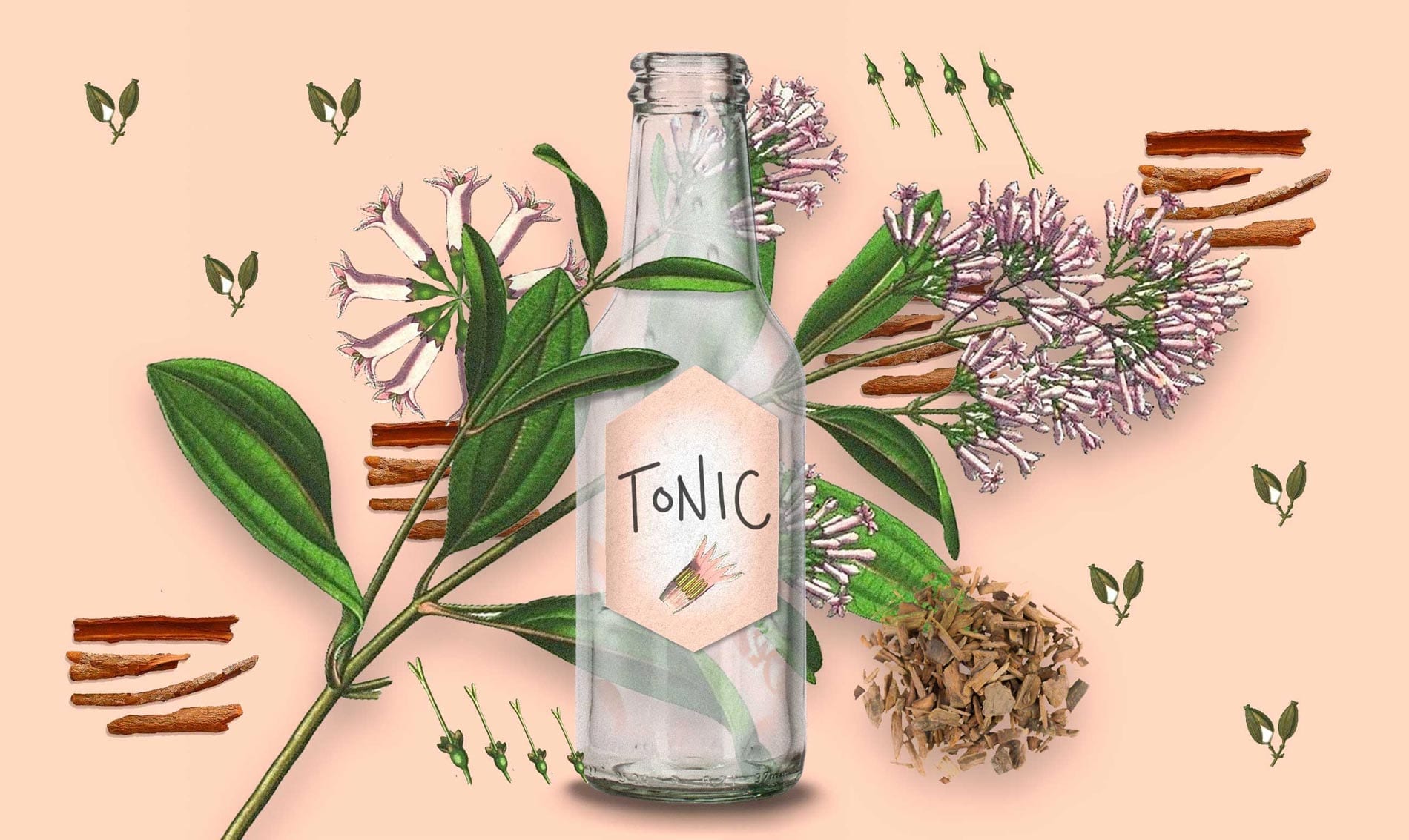The History of Quinine in Tonic Water
Quinine is an alkaloid compound derived from the bark of the cinchona tree. Its discovery as a medicine dates back to the 17th century, when indigenous people of the Andes in South America used it to treat fever. Since then, quinine has gained fame for its ability to treat malaria.
Beyond its medical uses, quinine holds a special place in the beverage world, particularly in tonic water. Tonic water was first introduced by British soldiers in India during the 19th century. They mixed quinine with carbonated water and sugar to improve its taste, turning it into a daily drink to prevent malaria.
Composition and Taste of Tonic Water
Tonic water is a carbonated drink containing quinine, which imparts its signature bitter taste. Along with quinine, it usually includes water, sugar, and sometimes natural or artificial flavors. Some brands also add lime or lemon for a fresher flavor profile.
Health Benefits of Quinine
Although tonic water is now primarily consumed as a recreational beverage, the quinine it contains still offers some health benefits, albeit at much lower concentrations than medicinal doses:
- Relief from Nighttime Cramps: Quinine is known to reduce the frequency and intensity of nighttime leg cramps in some individuals. However, its use must be monitored due to potential side effects.
- Antipyretic and Analgesic Effects: Quinine has antipyretic (fever-reducing) and analgesic (pain-relieving) properties, although these effects are more prominent in medicinal doses than in tonic water.
Use in Mixed Drinks
Today, tonic water is often used as a mixer in alcoholic beverages, most notably in gin and tonic. The combination of flavorful gin with the bitter and slightly sweet tonic water creates a refreshing balance. This mix has become one of the most popular drinks in bars and restaurants worldwide.
Considerations and Warnings
While quinine in tonic water is generally safe for most people, some important considerations include:
- Allergic Reactions: Some individuals may have sensitivities or allergies to quinine, resulting in symptoms like skin rashes, itching, or stomach issues.
- Drug Interactions: Quinine can interact with certain medications, so it’s essential to consult a doctor if you have specific health conditions or are on medication.
- Overconsumption: Excessive consumption of tonic water can lead to side effects such as hearing loss, vision problems, and heart arrhythmias.
Conclusion
Quinine in tonic water is a fascinating example of how a compound initially used for medical purposes became an integral part of culinary culture. While its health benefits in beverage form are limited, its unique flavor and rich history make tonic water a popular choice worldwide. Whether enjoyed on its own or as part of a mixed drink, tonic water offers a distinctive taste and a sip of history in every glass.








